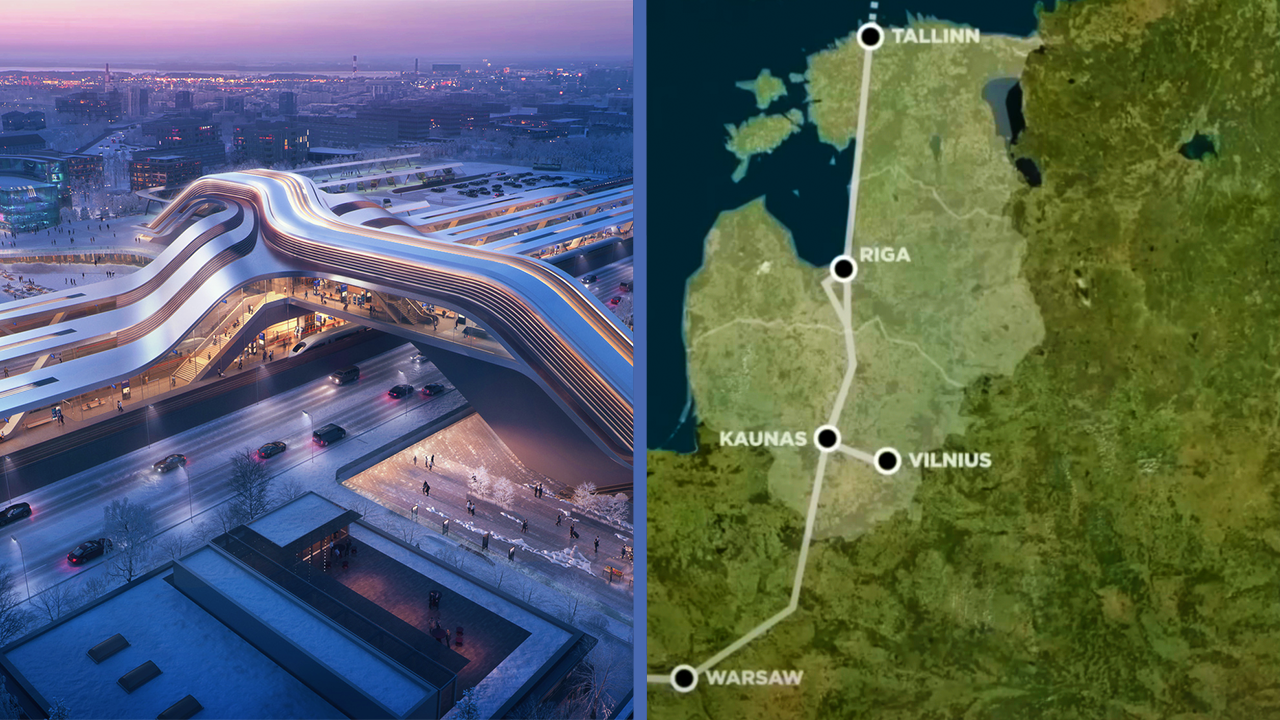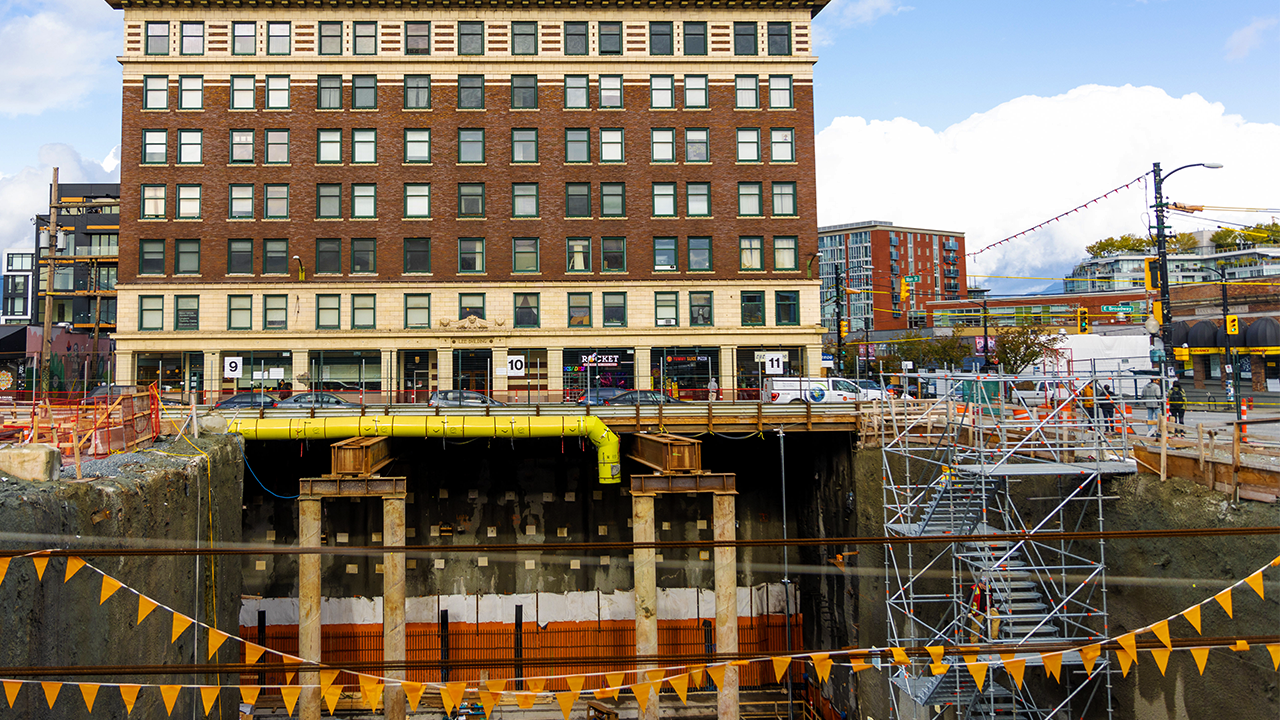The $7BN Mega-Tunnels You've Never Heard Of
- Youtube Views 1,134,093 VIDEO VIEWS
Video narrated and hosted by Fred Mills. This video and article contain paid promotion for Masterworks.
ANTWERP, Belgium is a place known for its fine art, fashion, and a busy port that made it the centre of the world’s diamond trade.
And yet it’s not all glitz and glamour here, and you only have to go for a drive to find out why. This picturesque old city has a big traffic problem — one that’s impacting not just local people and industries but the rest of Europe, too.
But thanks to some incredible underground construction methods, Antwerp is now on course to complete a massive piece of infrastructure it’s been trying to finish for decades.
From sunken river tunnels to routes stacked inside a canal and massive new parks, it's time for a deep dive into one of Europe’s most important — and lesser-known — megaprojects.
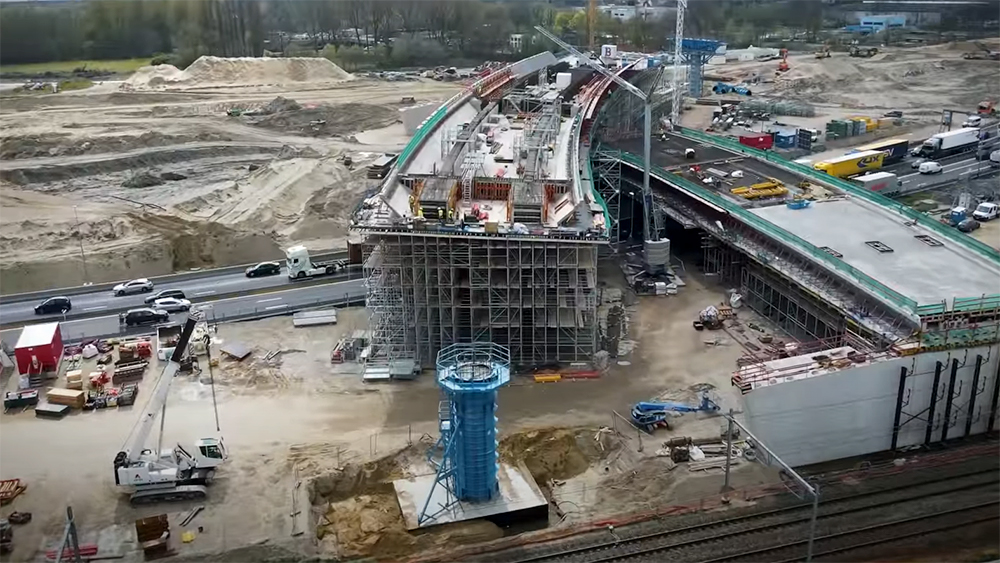
Above: The area surrounding the city is becoming one epic building site, creating a line-up of the most impressive engineering this country has ever attempted. Image courtesy of Lantis.
There aren’t many European cities better placed for international trade than Antwerp. It has the Netherlands to the North, Germany to the East, Brussels to the South and to the West that big old patch of water known as the North Sea.
Antwerp is home to one of the world’s major seaports and there are major highways spreading out towards those other countries and cities.
These all flow into one stretch of tarmac on the outskirts of the city — the Antwerp Ring Road. At the moment, though, it’s only half a ring, which can make getting from A to B by car a frustrating experience.
In 2022 drivers spent 61 hours in traffic on average — thanks in part to that unfinished ring road. The two current tunnels under the river have become bottlenecks, and congestion has spread to residential areas.
If all of that wasn’t bad enough, the road is also a crucial element of the Trans-European Transport Network — connecting Paris and Amsterdam along the North Sea-Mediterranean Corridor.
But things are about to change. Antwerp is finally putting the last jigsaw piece into place with the fantastically-named Oosterweel Link project – a set of building works that should be simple but really aren’t, creating hassle for construction teams and residents, and great material for a construction YouTube channel.
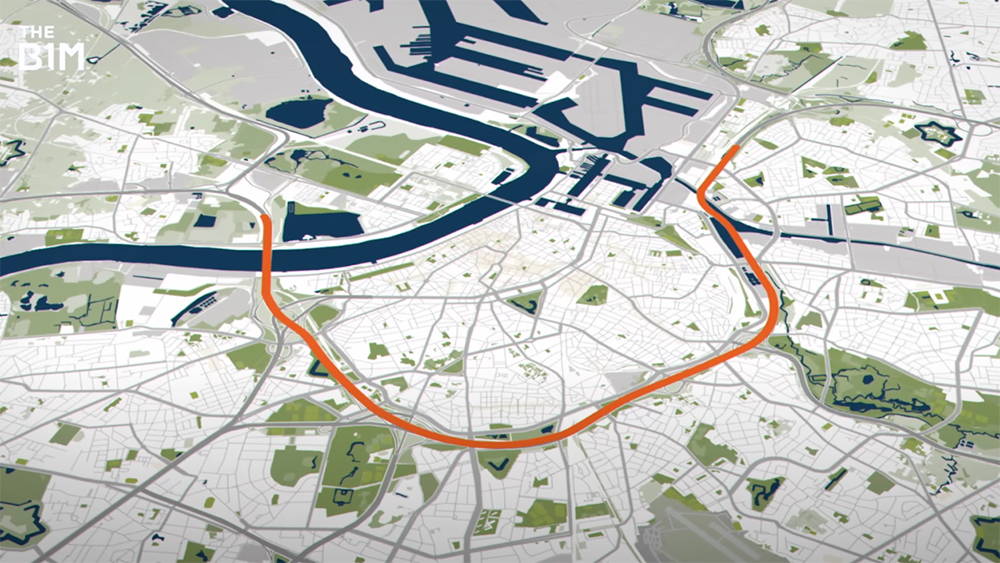
Above and below: The Antwerp Ring Road before and after the completion of the Oosterweel Link.
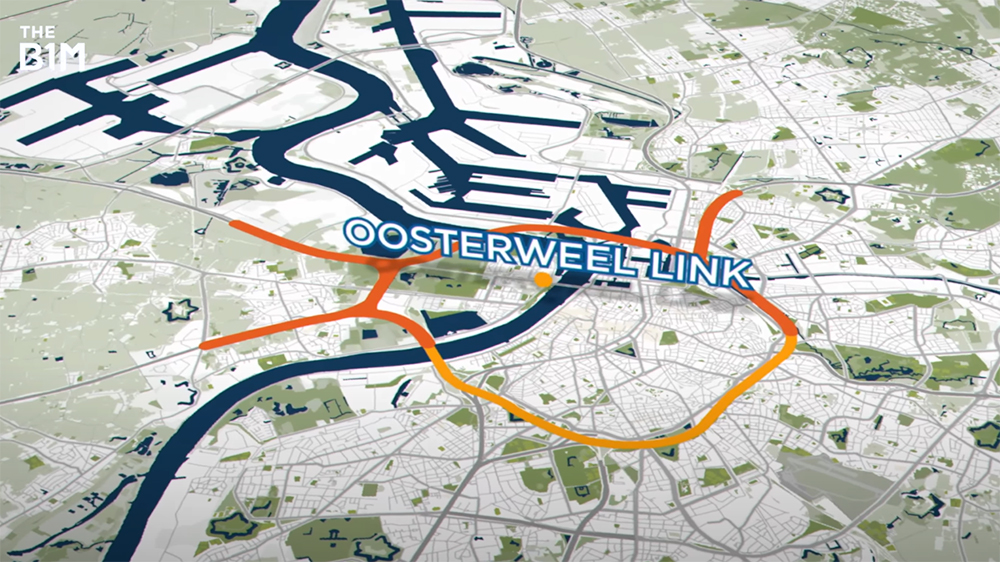
A lot of the challenge here is down to geography. First, there’s a river in the way — and it’s quite a big one.
On top of that, any attempt to complete the ring would have to pass under another watery obstacle — the Albert Canal.
It’s why this is being called Belgium’s “project of the century” – first put forward way back in the mid-1990s and now being developed by Lantis on behalf of the Flemish government.
Overall, this is much more than just a boring ring road like the UK’s M25. Here, there will be tunnels — lots of them — constructed in some very unusual ways.
Going underground
First up, there’s the brand new Scheldt Tunnel. It’s where the two main sections of the project, on the Left and Right Banks of the river, will meet.
This massive tunnel is a key part of completing the ring, helping drivers – and cyclists – get under the river.
“First of all we had to excavate a huge construction pit going up to 25m below the surface. That meant dewatering of the soil and excavating,” Jan Bauwens, project director for construction consortium TM COTU, said.
“From the moment we had this construction pit ready we could start building the actual tunnel. And that is what we are building at this moment.”
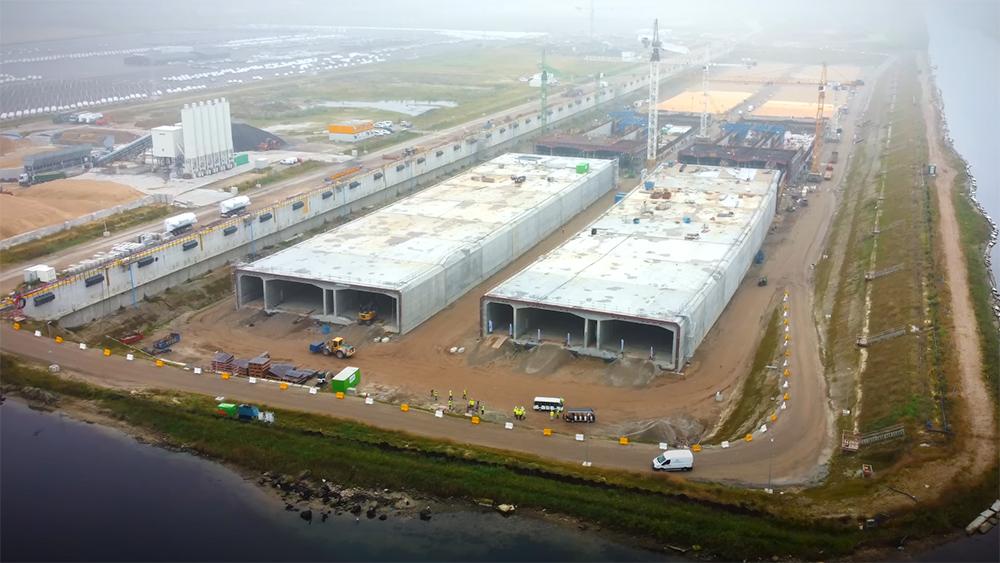
Above: Not only is it a six-lane tunnel for cars — three in each direction — there’s also a six-metre-wide tube just for bikes. Image courtesy of Lantis.
To create the 1,800-metre link, eight huge segments — each weighing about 60,000 tonnes — will need to be slotted together under the water.
First the team excavated a huge new hole in Zeebrugge, about 100 kilometres away from Antwerp where there’s a lot more space. Within it they’re constructing eight enormous new concrete tunnel segments.
When ready, special seals will close off their openings at each end. The vast hole will be flooded with water and the segments will be floated to the surface.
Tug boats will then be attached and – when the right weather window opens in mid-2025 – each of the segments will be pulled slowly through the sea 180-kilometres around the coast, through a part of the Netherlands and down into Antwerp.
Once there, and working around the shipping schedules, each segment will be lowered into a new trench on the seabed.
The water between each segment will be pumped out creating a vacuum that pulls them together to create a watertight seal.
The sealed ends of each segment can then be removed, it all gets buried under the river bed, and you have a tunnel.
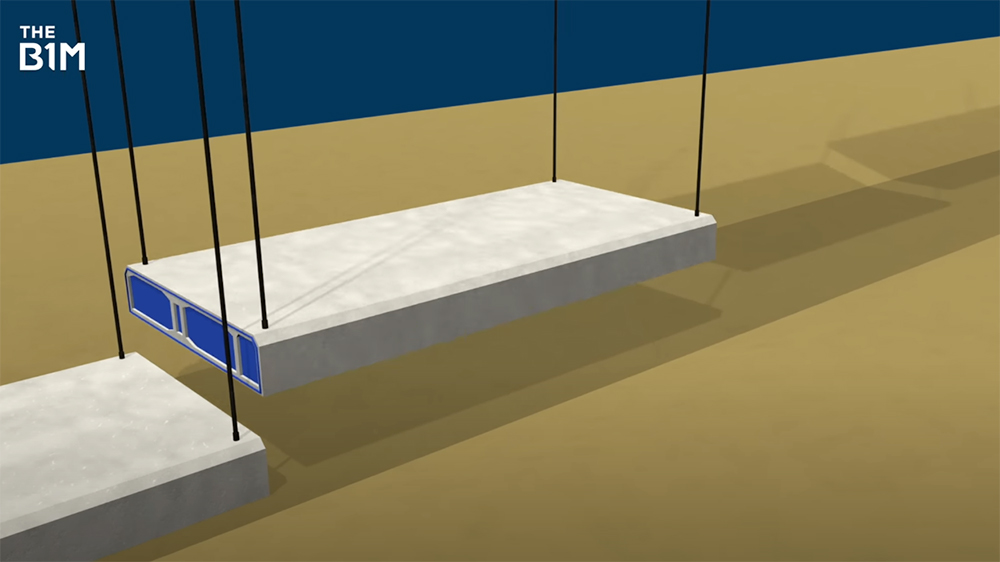
Above: The Scheldt Tunnel is being built using the immersed tube method.
The construction of this tunnel alone is an immense procedure that demands insane levels of accuracy – a dynamic that’s really energising the amazing team tasked with building it.
“The quality has to be very good. We have a lot of people who are checking, measuring, making sure that everything is in the right place,” Dieter Van Parys, project manager for THV COTU, explained. “Because once the water is filled here in the building dock we can’t do anything again.”
Immersed tube tunnels might not be a new thing, but they usually run in a straight line. This one has a pretty noticeable bend in it, which is why some of the segments are being built with a slight curve.
At the other end of the tunnel is the new Oosterweel Junction. Here, traffic will briefly appear above ground, either heading up to the port or down into another new set of tunnels.
Next are the Canal Tunnels — four 2.5-kilometre tubes under the Albert Canal, stacked two-by-two. That is not a normal way to build a tunnel, but they’re doing it this way so drivers can head in one of two directions once they join up with the existing ring road.
Another reason it’s being done like this is so the tunnels take up less horizontal space in this narrow waterway that’s used by big ships – preserving the necessary depth for them.
To integrate the existing ring with the new tunnels, a key part of it — a huge viaduct — is having to be demolished. Replacing it will be a series of yet more tunnels that go under the canal and a huge new area covered in parks, cycle tracks and walking paths.
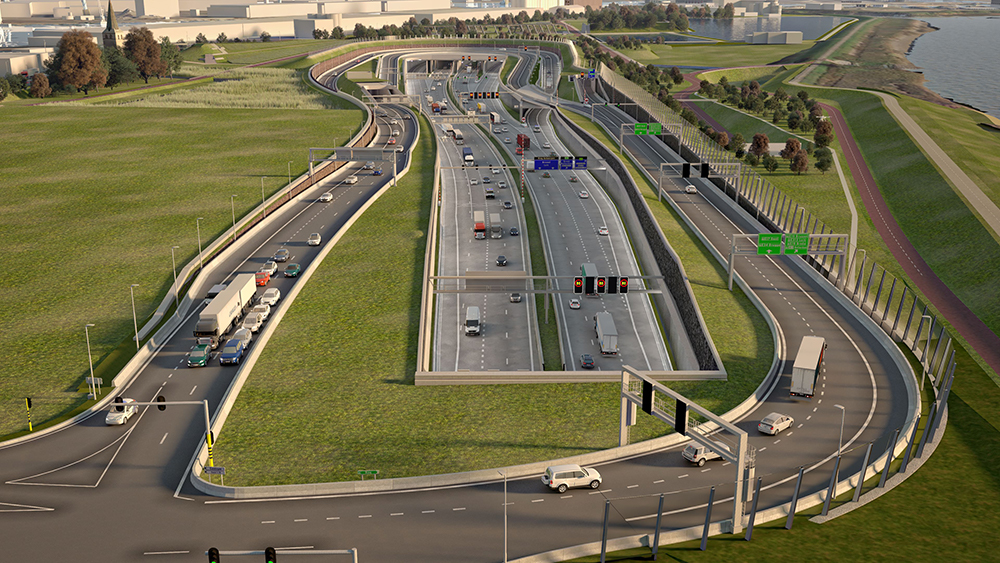
Above: To make it less visible from a distance, the Oosterweel Junction is being sunk into the landscape. Image courtesy of Lantis.
But before the viaduct is taken down, a temporary bypass must be built next to it first, keeping traffic moving while the tunnelling work takes place.
“We have a lot of obstacles underground because it’s also the area where the old city walls were situated. We have to build across the canal also, we are working adjacent to the existing bridge so the traffic has to be maintained,” Johan Mignon, technical director for TM ROCO, said.
“And on the other hand we are very close to the residential area. So it’s a challenge to keep the public supporting us.”
A pricey project
By now you might be nervously wondering how much all of this is going to cost. Well in total, the project is expected to come in around €7BN, which is about USD $7.6BN at the time of filming.
Most of that is being borrowed from the Flemish Government, but the European Investment Bank has so far put in half a billion Euros. The money will be paid back using tolls.
Overall, there’s been a lot going on around the city since work began in 2018, and there’s still a lot to do to reach the 2030 target for completion.
Why 2030? Because Oosterweel is just one part of a bigger initiative that will make this whole urban area safer to navigate and easier to access, with more green transport options.
Cleverly called Route Plan 2030, its aim is to reduce the city’s proportion of car journeys from 70% down to 50%.
The rest will be done via more sustainable means, like public transport, cycling, electric scooters or walking.
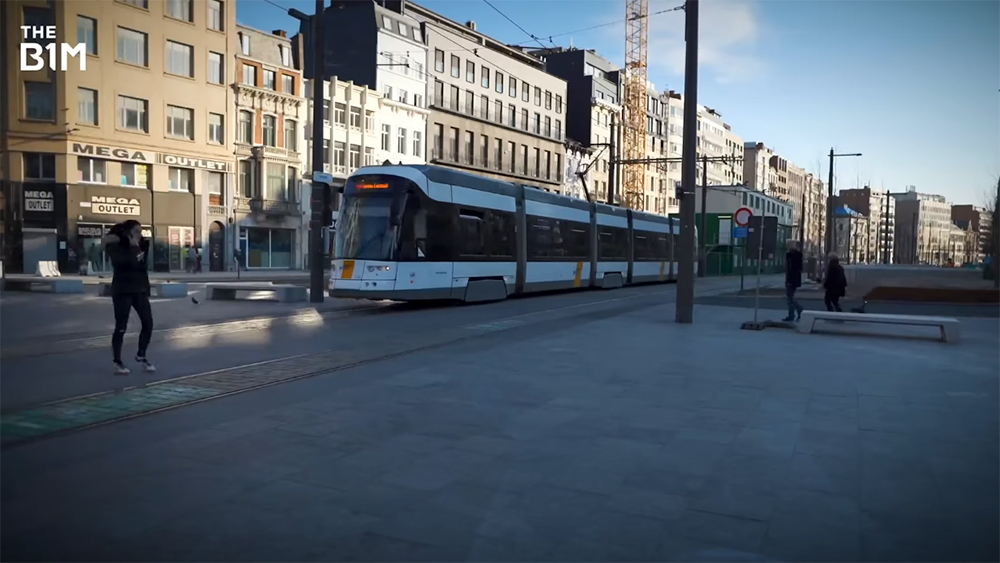
Above: Route Plan 2030 aims to reduce people's reliance on car journeys in favour of greener alternatives, like trams.
One of the main buildings constructed for the Oosterweel was a massive new Park and Ride, where people can ditch their cars and jump on a tram heading to the city centre.
It’s all very positive stuff, but this project was first put forward way back in 1996, so why has it taken so long? Well, the short answer is it took over a decade to decide which way to do it.
The previous plan was to have a bridge instead of those canal tunnels — and with a 1.5km length and 150-metre height, it would’ve been an absolute beast.
Although many businesses favoured the idea, the people of Antwerp didn’t. In 2009, the public chose not to support the proposal in a referendum.
There were concerns about the environmental impact of a major new road close to homes, and some felt the idea was being forced on them by Brussels.
They might have also been put off by its name — the Lange Wapper. If you’re not familiar with Flemish folklore, it refers to a giant who towers over the people of Antwerp and torments them. A somewhat unusual choice.
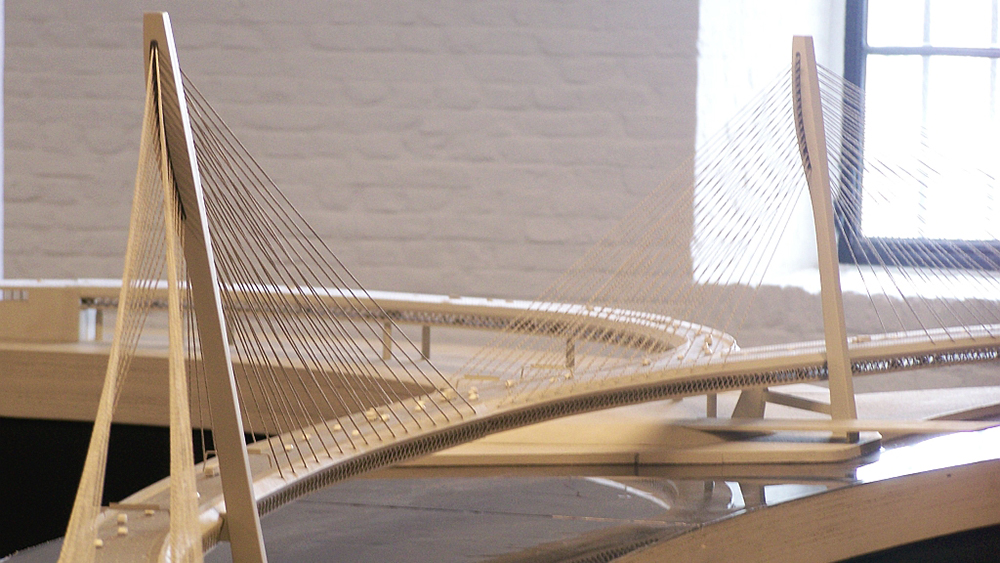
Above: An architectural model of the Lange Wapper Bridge. Image courtesy of Wwuyts / CC BY-SA 3.0 DEED.
Finally, however, after years of debate and consultation, in 2014 the government of Flanders — the region of Belgium where Antwerp is located — approved the plan that’s now underway.
It may have taken a long time to get going and there’s some significant engineering ahead to say the least – but now there is light at the end of the tunnel.
Completing a project like this was never going to be easy, but thanks to some exceptional engineering, the city now looks set to finally finish what was started almost 30 years ago.
This video and article contain paid promotion for Masterworks, you can skip their waitlist here.
Video narrated and hosted by Fred Mills. Additional footage and images courtesy of Lantis, ATV, European Commission, Raja Imran Khan, Roger Price / CC BY-NV-SA 2.0 DEED, Sony, Wwuyts / CC BY-SA 3.0 DEED and XKP Visual Engineers.
We welcome you sharing our content to inspire others, but please be nice and play by our rules.
